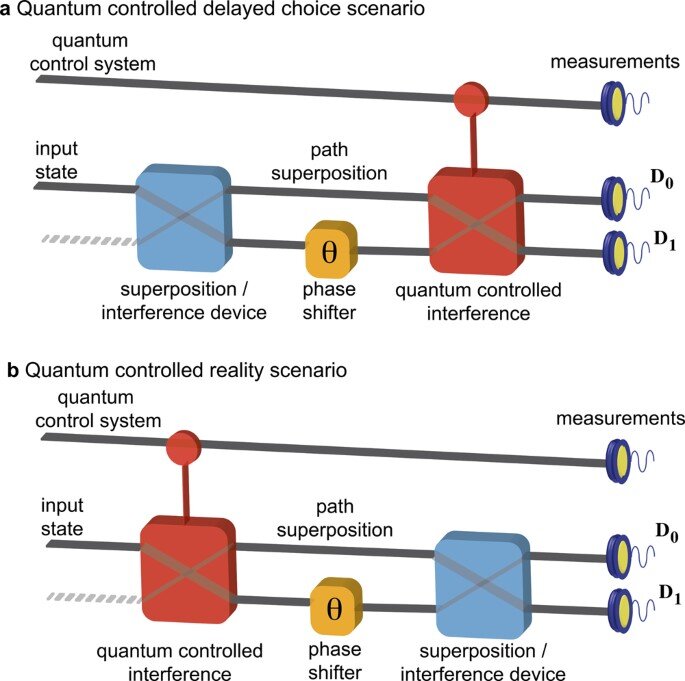Researchers at University of Central Florida are developing new photonic materials that could one day help enable low power, ultra-fast, light-based computing. The unique materials, known as topological insulators, are like wires that have been turned inside out, where the current runs along the outside and the interior is insulated.
The unique materials, known as topological insulators, are like wires that have been turned inside out, where the current runs along the outside and the interior is insulated.
Topological insulators are important because they could be used in circuit designs that allow for more processing power to be crammed into a single space without generating heat, thus avoiding the overheating problem today’s smaller and smaller circuits face.
The team demonstrated a new approach to create the materials that uses a novel, chained, honeycomb lattice design.
The researchers laser-etched the chained, honeycombed design onto a sample of silica, the material commonly used to make photonic circuits.
Nodes in the design allow the researchers to modulate the current without bending or stretching the photonic wires, an essential feature needed for controlling the flow of light and thus information in a circuit.
The new photonic material overcomes drawbacks of contemporary topological designs that offered less features and control, while supporting much longer propagation lengths for information packets by minimizing power losses.
The work has been published in the journal Nature Materials.





